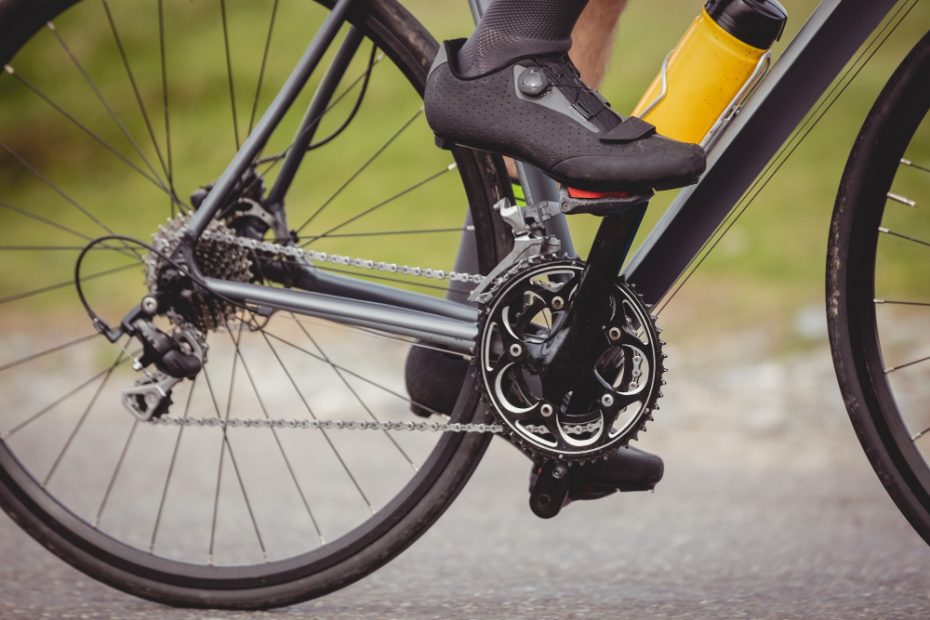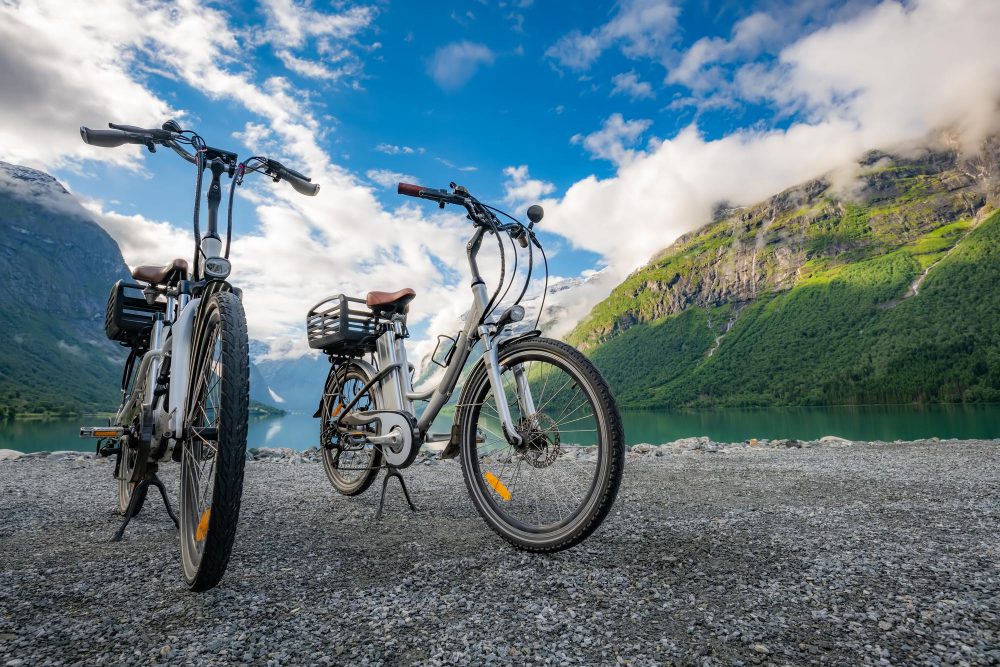What size tires are best for touring bikes?
Touring bikes are designed for long-distance rides, offering comfort, stability, and durability. One of the key components that greatly influences the performance of a touring bike is the size of its tires. Choosing the right tire size can make a significant difference in terms of ride quality, efficiency, and handling on various terrains. In this article, we will explore the different tire sizes available for touring bikes and discuss their pros and cons to help you make an informed decision.
Understanding tire sizes
Before delving into the specific tire sizes suitable for touring bikes, it is essential to understand how tire sizes are measured. Tire sizes are indicated by a series of numbers printed on the side of the tire. The most common format used is the ISO system, which consists of three numbers separated by dashes (e.g., 700-32c). The first number represents the diameter of the tire in millimeters, the second number indicates the width of the tire in millimeters, and the “c” denotes it as a clincher tire (commonly used in road bikes).
The balance between comfort and speed
When selecting tire size for a touring bike, one must consider the balance between comfort and speed. Wider tires generally offer more comfort, thanks to their larger air volume, which provides better cushioning over bumps and rough roads. On the other hand, narrower tires tend to be faster due to reduced rolling resistance. Striking the right balance is crucial, as touring bikes primarily focus on long-distance rides where comfort becomes a priority.
The benefits of wider tires
Wider tires, typically ranging from 32mm to 45mm, have gained popularity in the touring community due to their numerous advantages. These tires provide increased stability and improve traction, especially on gravel or unpaved roads, making them ideal for off-road adventures. The larger air volume also enhances shock absorption, reducing fatigue during long rides. Furthermore, wider tires offer better puncture resistance, ensuring a more reliable and worry-free touring experience.
“Wider tires provide increased stability and improve traction, making them ideal for off-road adventures.”
The advantages of narrower tires
Although wider tires are generally favored for touring, there are instances where narrower tires may be more suitable. Narrower tires, ranging from 23mm to 28mm, are commonly found on road bikes and offer lower rolling resistance, resulting in increased speed on paved surfaces. These tires are beneficial for cyclists who prioritize speed and efficiency over comfort during their touring adventures. However, it is important to note that narrow tires sacrifice some comfort and stability, especially on rough and uneven terrain.
The role of wheel size
In addition to tire width, another factor to consider when choosing tires for a touring bike is wheel size. The two most common wheel sizes used in touring bikes are 700c and 26 inches. The 700c wheel size is typically associated with road bikes and offers a smoother ride on paved roads. On the other hand, the 26-inch wheel size is commonly found in mountain bikes and provides better shock absorption on rough terrains. It is essential to select tires that match the appropriate wheel size to ensure optimal performance and compatibility with your touring bike.
Factors to consider
When deciding on the tire size for your touring bike, it is crucial to consider several factors:
- Terrain: Determine the predominant type of terrain you will be riding on during your tours. If you expect to encounter rough or unpaved roads, wider tires with increased traction would be more suitable. Conversely, if you anticipate mostly smooth pavement, narrower tires may provide a more efficient riding experience.
- Load: Consider the weight you will be carrying on your touring bike. If you plan to carry heavy loads, wider tires will distribute the weight more evenly and provide added stability.
- Riding style: Evaluate your personal riding style and priorities. Are you more concerned about comfort and endurance or speed and efficiency? Selecting the appropriate tire size can enhance your overall riding experience.
Conclusion
In conclusion, choosing the right tire size for your touring bike is crucial for achieving optimal performance and comfort during long rides. Wider tires offer increased stability, better traction, and improved shock absorption, making them ideal for off-road adventures and rough terrains. Conversely, narrower tires prioritize speed and efficiency, providing a smoother and faster ride on paved surfaces. By considering factors such as terrain, load, and riding style, you can make an informed decision and select the tire size that best suits your touring needs. Remember, finding the perfect balance between comfort and speed will ensure an enjoyable and successful touring experience.



